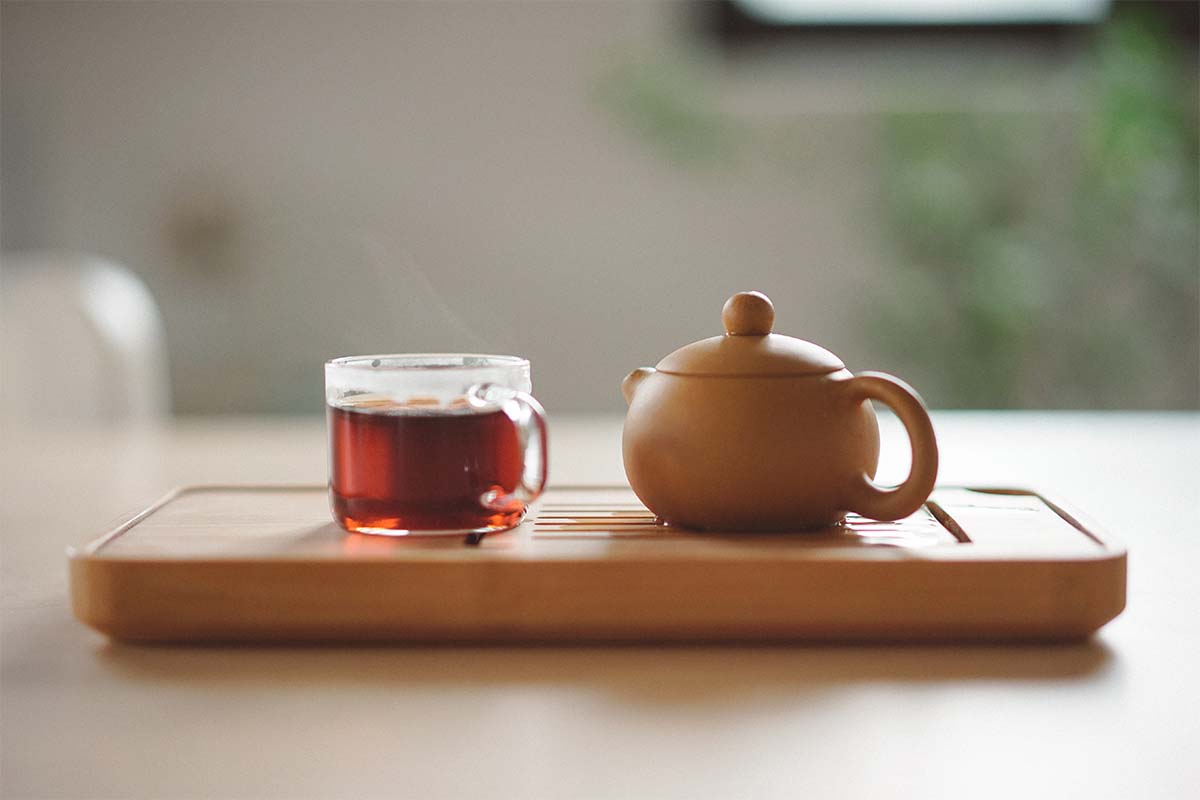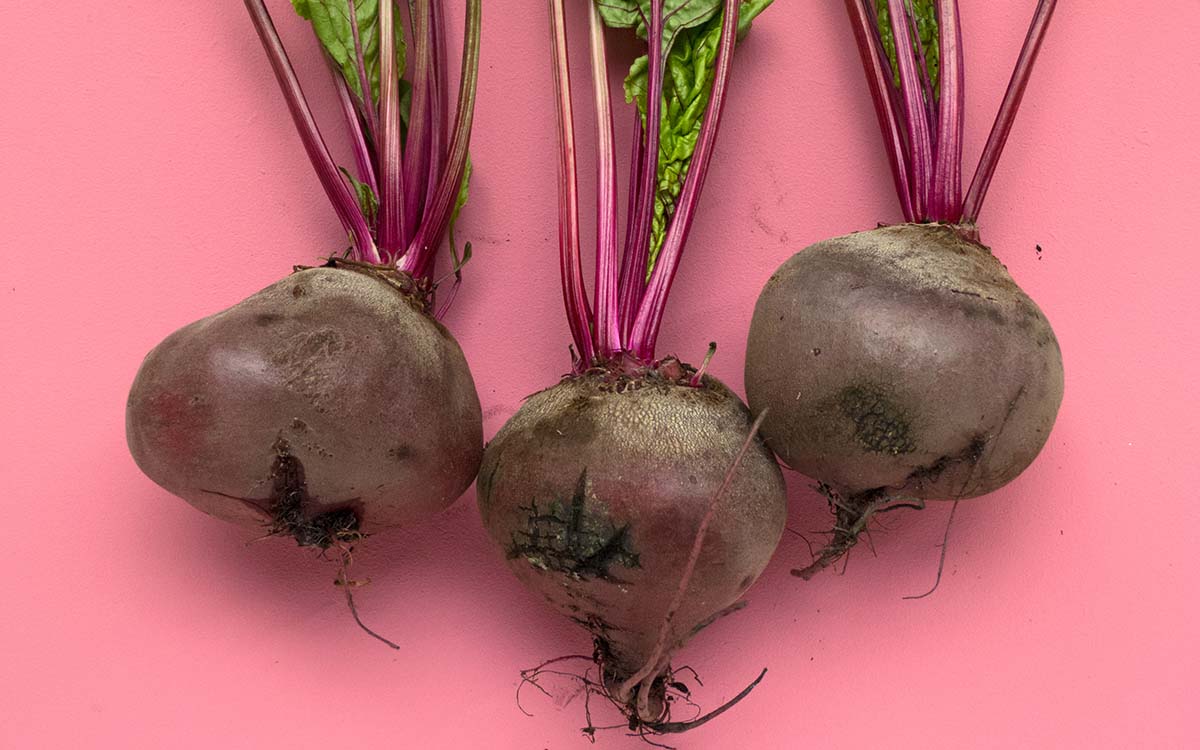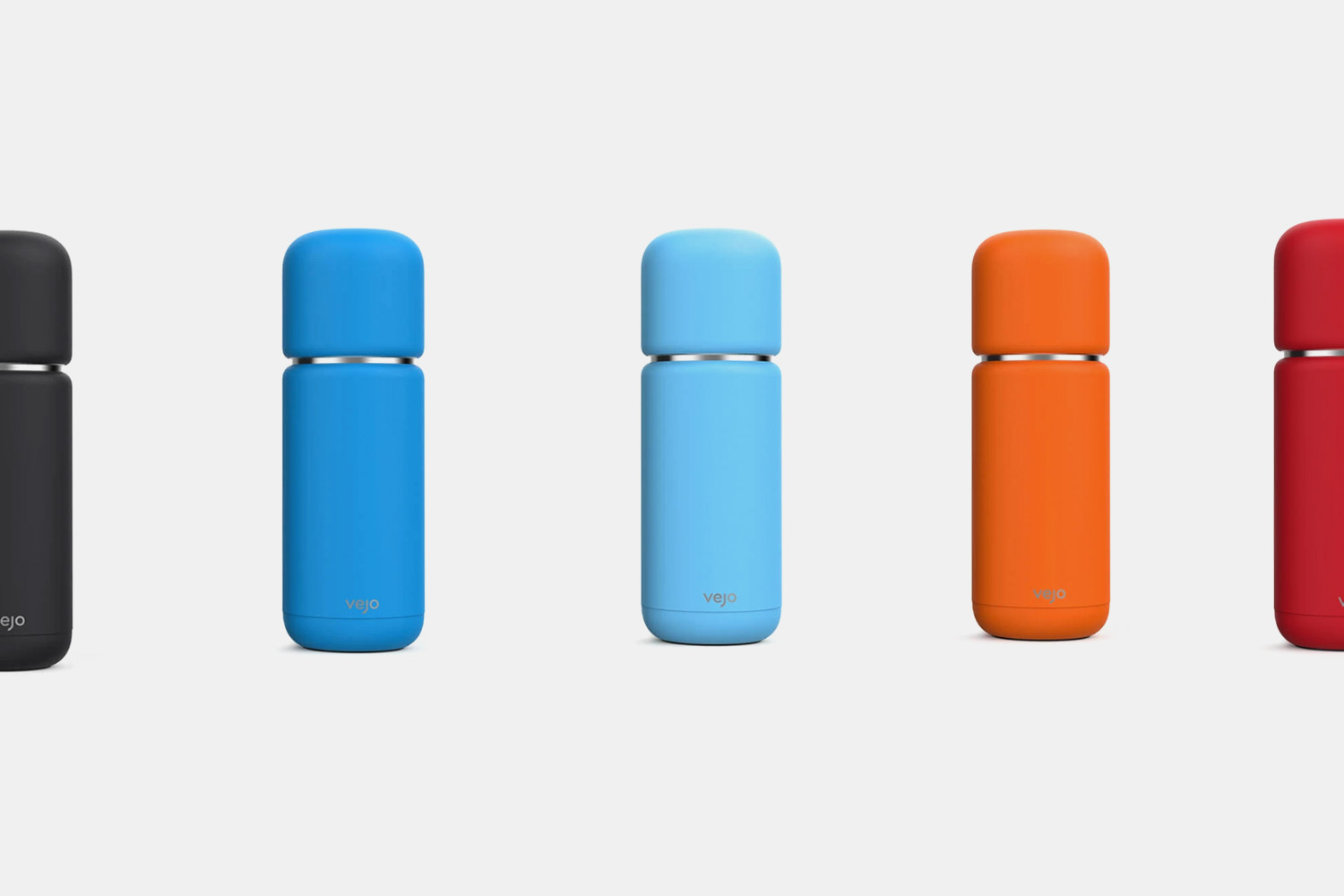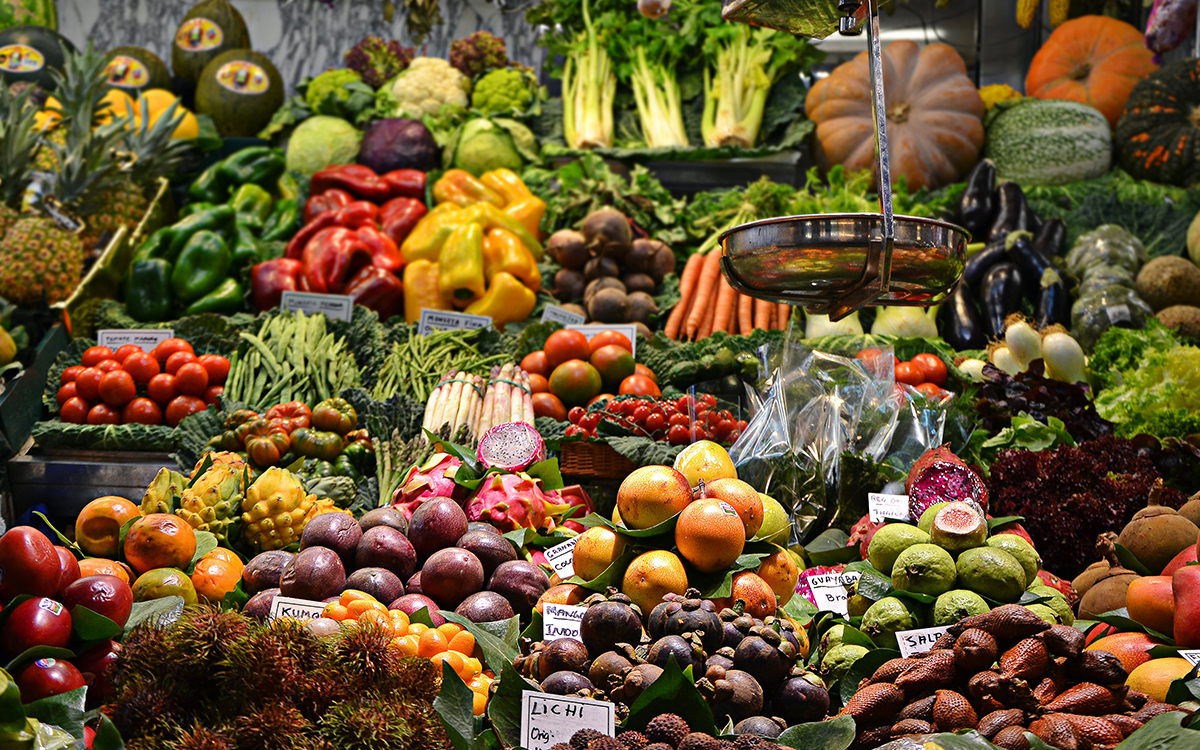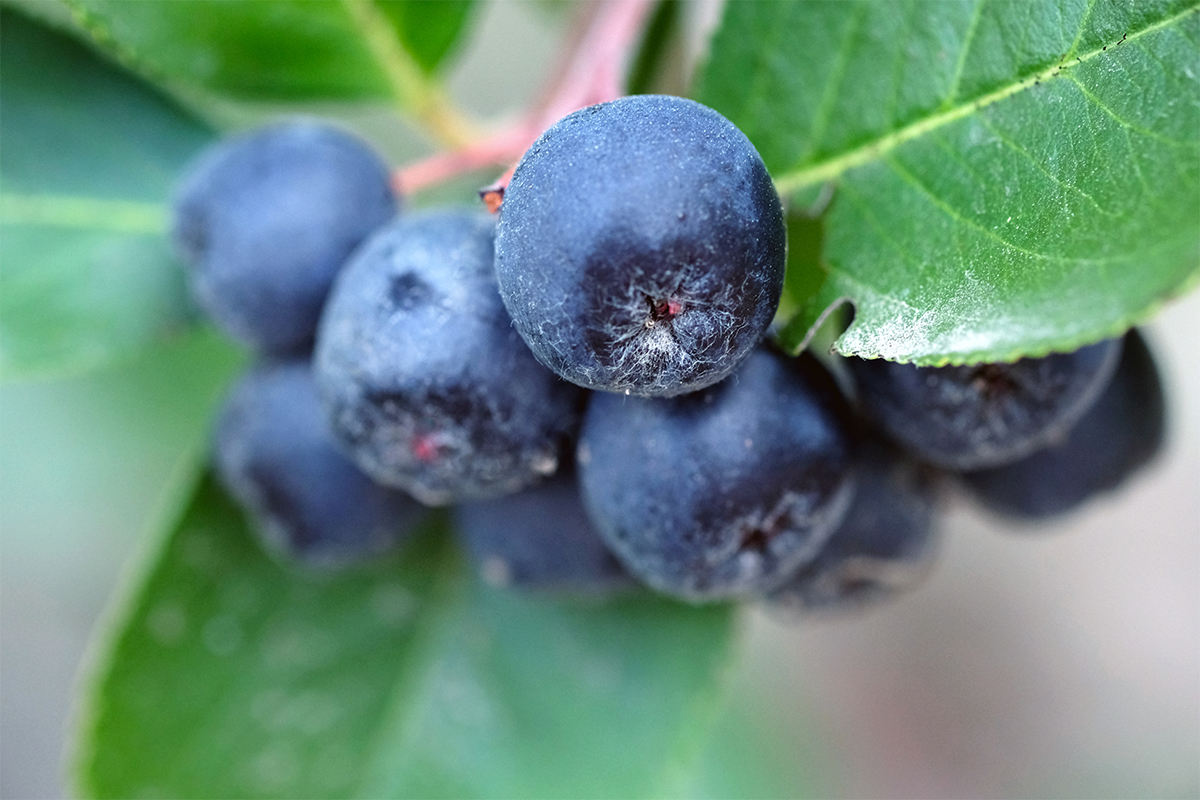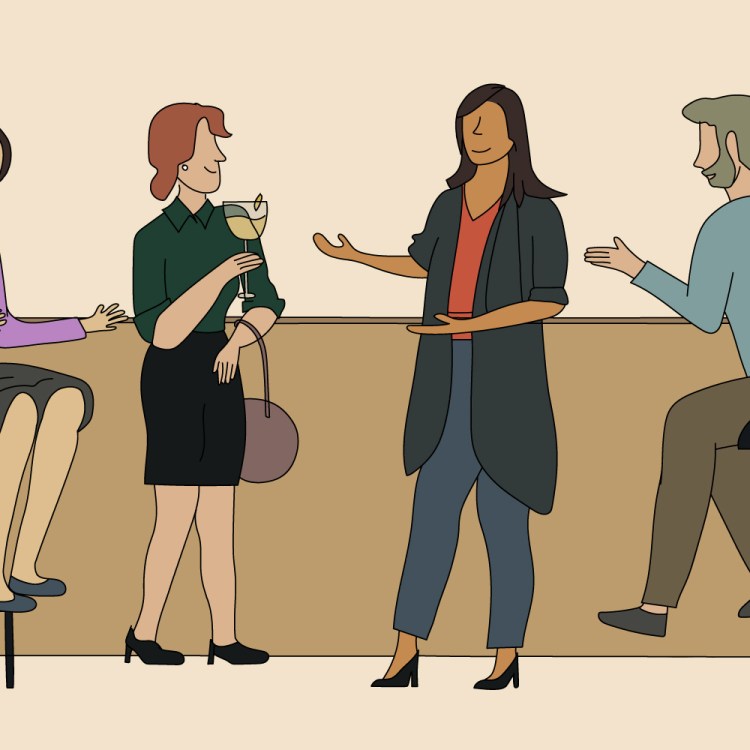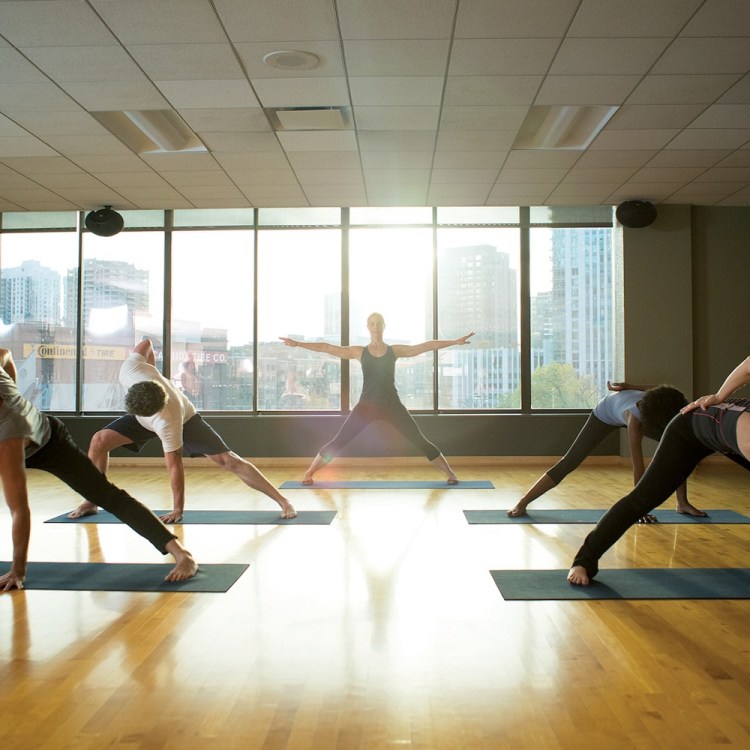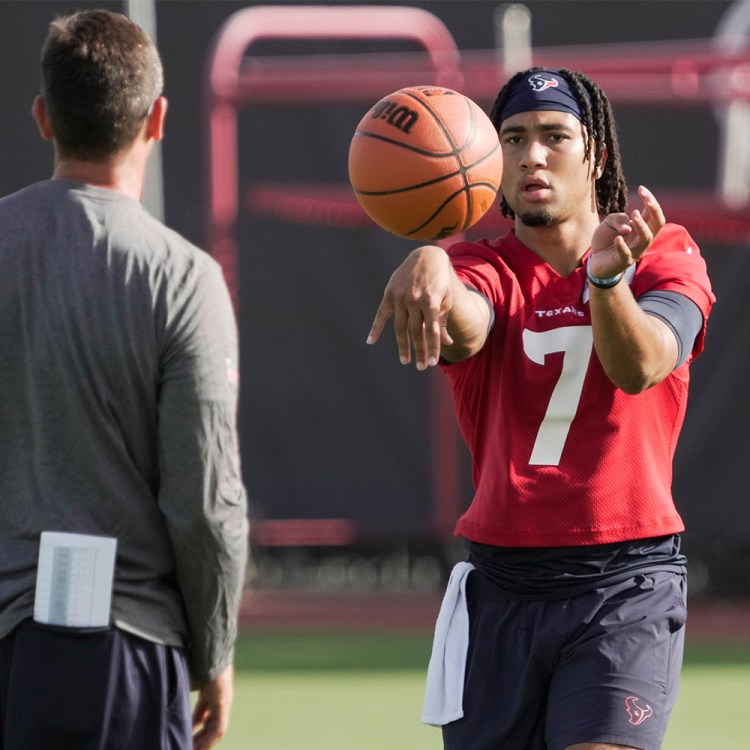We tend to associate liquid diets with temporary, highly specific circumstances. After a late night out, you might nurse yourself back to life with a combination of water, Gatorade and Pedialyte. In the midst of gastrointestinal issues, or just after oral surgery, you’ll drink vegetable broth and ginger-ale while on the mend. And if you’ve got a beach weekend or wedding coming up, you wouldn’t be the first to try and “flush out” your system with a juice cleanse.
These situations all feature the same two through lines: they don’t involve food (or involve very little food) and they’re utterly unsustainable. You won’t get stronger or sleep better on a month of 500-calorie days. That might be why we don’t talk about deploying a liquid-based diet for everyday life. But the topic is ripe for reconsideration. Nutrient-rich, goal-oriented drinks shouldn’t just be reserved for weeks where we eat very little; with a bit of purpose and research, they can slide right into daily routines.
We’ve written routinely about water consumption, and for good reason. A dedicated hydration routine is essential for maintaining energy levels, optimizing brain function, balancing blood sugar and jumpstarting kidney function (among a laundry list of other notable functions). But the world isn’t just split into water and Four Loko. There are a ton of liquids available that confer all sorts of health benefits for your body, including pea protein smoothies, cold brew hibiscus teas and “supergreen” mixes that contain as many nutrients as 15 cups of broccoli.
You don’t need to drink all of these things throughout the course of a day — and you’ll probably find you wouldn’t want to — but it’s important to know that at least one of them might help rectify a dietary deficiency (get more greens) or actualize a lifestyle goal (sleep better), and you won’t need to skip meals in the process. Below, find seven drinks that I have introduced into my nutritional rituals. Some come in powder form, other in loose leaves. Some I’ll have every morning, others only once in a while. But all fulfill an express purpose, and form the foundation of the new, sustainable “liquid-based” diet.
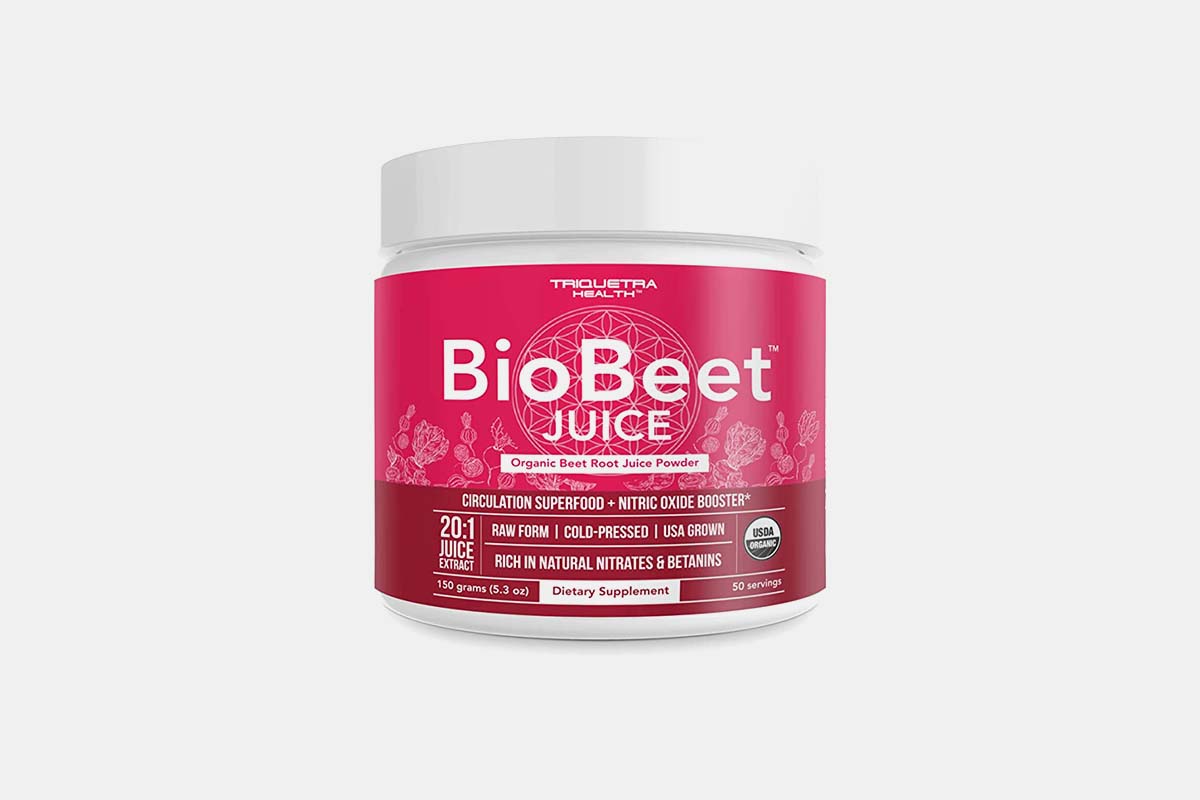
For Improving Blood Flow
Beet Juice
Knocking back a cup of beet juice once a day is an effective additive to any workout regimen. It’s common knowledge that the red beetroot is a super-veggie — they’re high in fiber, low in calories and rich in potassium, magnesium, iron and manganese — but they’ve always been tricky to consume. A side of sliced beets for dinner every single night is a long, lonely road.
Fortunately, dehydrated beet juice powders like Triquetra Health’s BioBeet Juice claim the potency of more than two full beets per serving, and only necessitate a single (if somewhat rank) chug. Your endgame is to cash in on all those nitrates; beets are full of them, and once they enter your bloodstream, they catalyze vasodilation in blood vessels. This makes it easier for your muscles to get oxygen, especially when they’re working hard. It’s a no-brainer for endurance enthusiasts, quite frankly, but anyone looking to up their ventilatory threshold should give it a try. Make sure to drink it an hour or two before your workout.
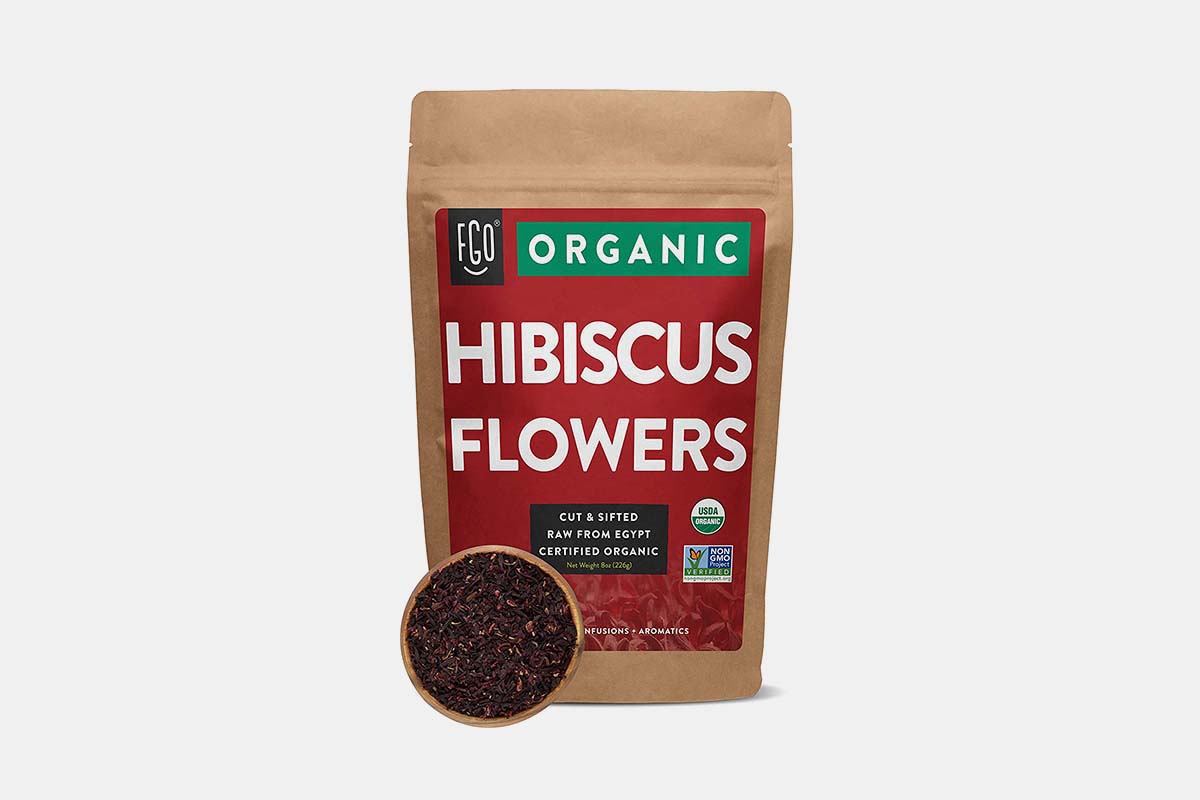
For Calming Down
Cold Brew Hibiscus Tea
Many of the concoctions on this list are easy to make and quick to chug. That turnkey accessibility is part of their advantage. Preparing cold brew hibiscus tea, though, takes some work and foresight. But that shouldn’t turn you off from it. Hibiscus tea is a bit of an international star — it’s called Agua de Jamaica in Mexico, and Gumamela tea in the Philippines — thanks to its deep red color, sweet flavor and litany of health benefits. It’s the sort of drink worth planning for.
You can pick up loose flowers online or at your grocery store. Place a half-cup of dried hibiscus in a pitcher with four cups of water and let it chill in the fridge for 24 hours. Then strain the tea and serve over ice. This entire process will calm you down. Not just because of the behavioral activation (successfully executing tasks is great for mental health), but because hibiscus tea has been shown to lower both systolic and diastolic blood pressure. Hibiscus has also been linked to liver health, weight loss and bacteria treatment. If you’re not keen on subbing it in for your usual coffee or tea in the morning, consider it for a post-lunch wind-down.
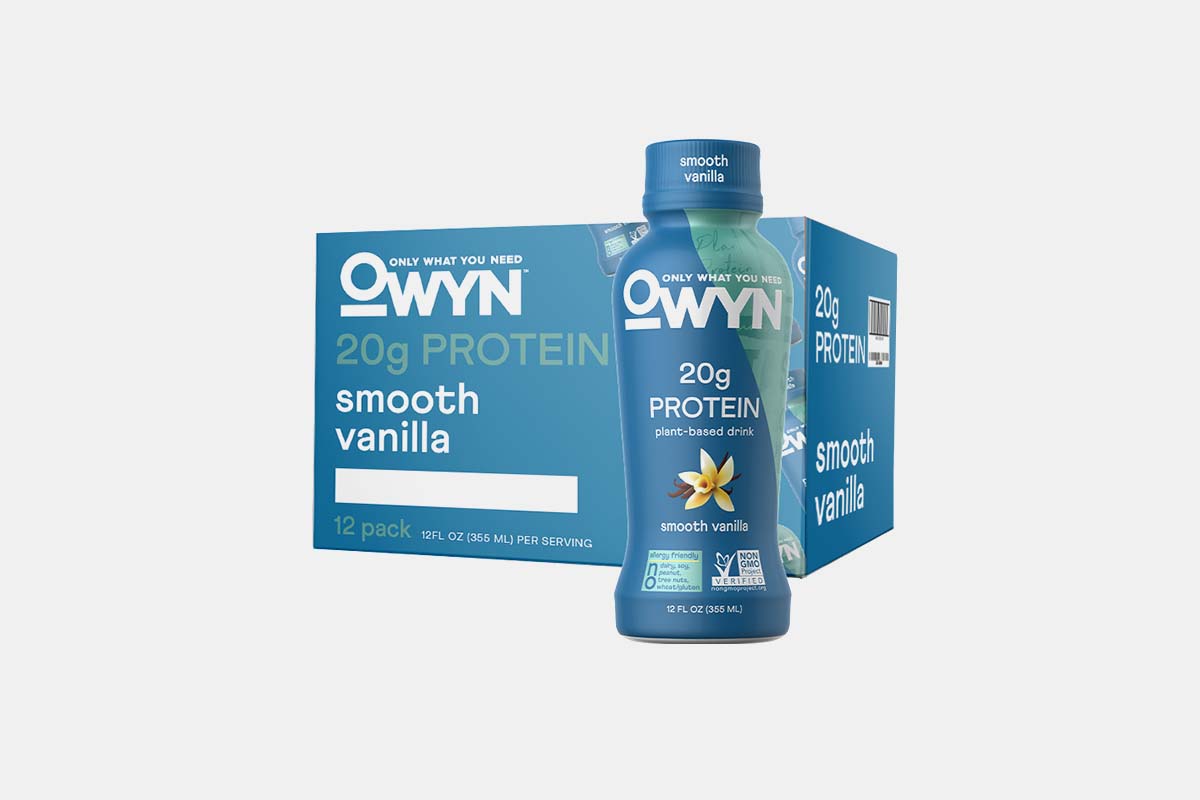
For Prioritizing Protein
Protein Smoothie
My five-hour, $5,000 super-physical at the beginning of the year — a wild experience that you can read about here, in case you missed it — included personal consultations with both a nutritionist and an exercise physiologist (a fancy word for trainer). The nutritionist recommended I start drinking OWYN vegan protein shakes, and the trainer had about six bottles of the stuff piled up in his recycling. I didn’t need much more convincing than that, and have relied on the blend a my preferred post-workout protein for six months now.
For the uninitiated, though — OWYN stands for Only What You Need. In the Wild West of GNC aisles, they’re the rare brand that’s A) telling customers exactly what ingredients they use and B) using ingredients that customers can actually pronounce. OWYN’s shakes source protein from peas, pumpkin seeds and flax oil, keep their sugar levels down by relying on monk fruit extract, and even sneak in a greens blend of broccoli, spinach and kale. All told, it’s 20 grams of protein against 180 calories. I drink the shake straight every single day, but they make it in powder form, so you can easily dump it into a NutriBullet with your preferred fixings.
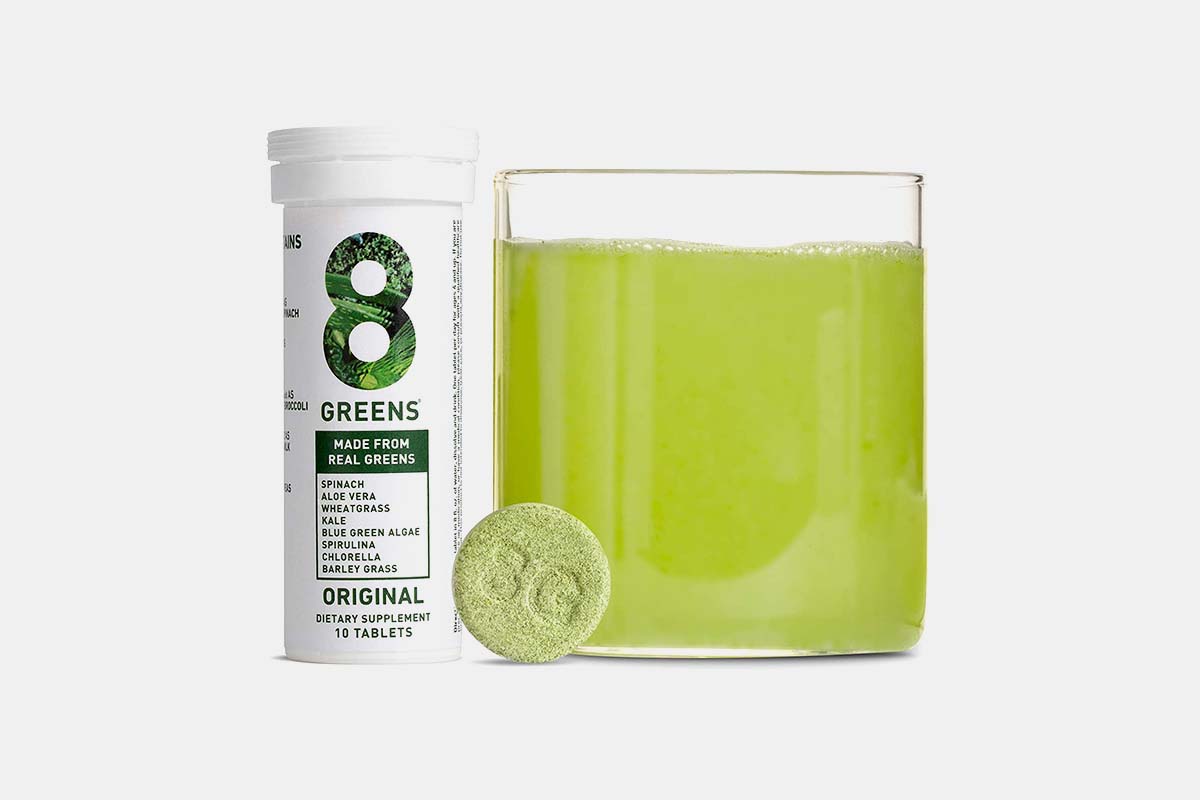
For Getting Greens
Supergreens Mix
Americans don’t eat vegetables. Unfortunately, that’s not an opinion, or a hot take. According to a 2019 study, the average American only includes a vegetable in a third of their meals. And an overwhelming majority of people in this country (87% to be exact) do not meet their minimum daily greens requirements. Vegetables occupy a no-fly zone for many families, in particular — they’re pricey and kids hate them. Many adults end up avoiding them by default.
But that’s a mistake. Veggies (and greens in particular) trim waistlines. They lower cholesterol. They fortify the heart. They fight cancer. Dawn Russell, the founder of 8Greens, would know. She was diagnosed with Stage 3 lymphatic cancer in 2000, survived, and has dedicated her life to helping people get greens in their bodies as simply as possible since. Her company makes “effervescent tablets” with absolutely absurd statistics: each tablet is made from spinach, kale, aloe vera, wheatgrass, blue green algae, barley grass, chlorella and spirulina, and contains as much vitamin C as 6 oranges, vitamin B6 as 6 cups of spinach, vitamin B5 as 15 cups of broccoli, vitamin B12 as 7 cups of milk, and zinc as 3 cups of peas. And — I can’t stress this enough — the green potion it creates tastes good. Don’t stop eating veggies. But start drinking this to help get your totals up.
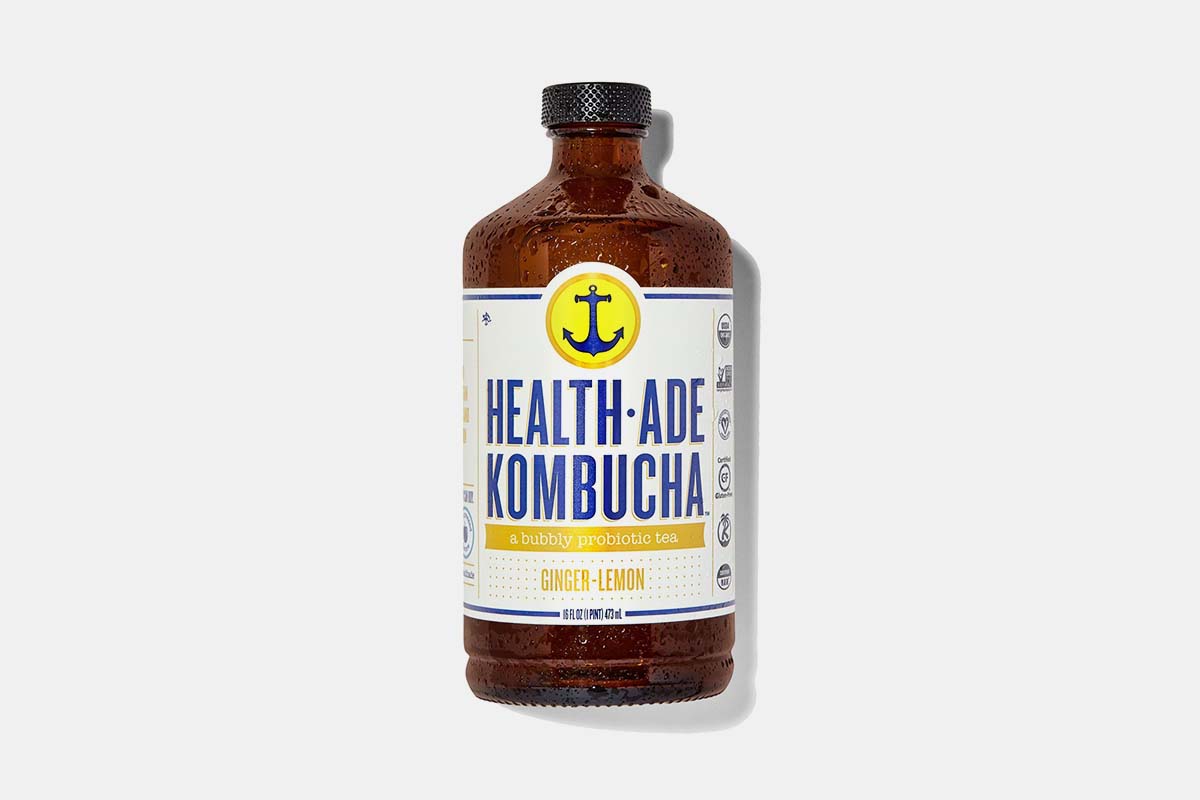
For Settling Stomachs
Kombucha
It’s a predictable gentrification punchline at this point, a little too pricey to drink every day and even capable of taking some whiteness off your chompers if you don’t brush diligently. But it’s worth giving kombucha a chance, if only to improve your gut health. It’s of course possible to diversify your gut bacteria by eating fermented foods like unpasteurized sauerkraut, kimchi and miso, or high-fiber options like cauliflower, legumes and seeds. But kombucha — a mix of green and black tea blended with a bacteria-yeast culture called SCOBY — is one way to drink your probiotics.
A healthy, diverse gut means better digestion, less inflammation, weight loss, increased brain function and even healthier skin. Kombucha still has an oddly mysterious aura around it in the health community; it’s been consumed for thousands of years, yet its probiotic function is yet to be scientifically proven. You could sit around with a poorly-functioning stomach all day waiting for a team of researchers to confirm the drink’s worth, or you could try it yourself. It’s a way healthier choice than bubbly soda (in kombucha, sugar helps feed the yeast) and our preferred options hail from Health-Ade and Brew Doctor.
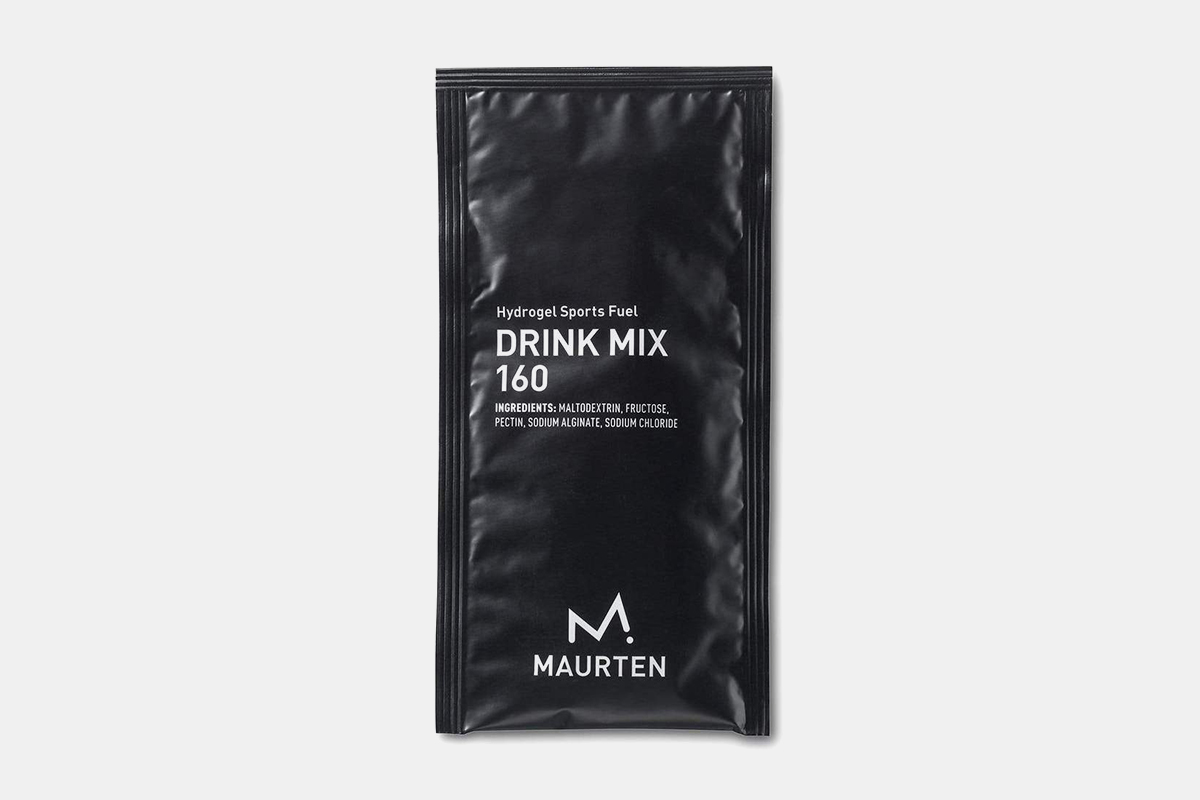
For Carbohydrate Loading
Maltodextrin Gel
Back when I ran cross country, the team used to go to great lengths to make sure we had bowls of pasta the night before. Someone would host a huge pasta party at their house. Or we’d drive four towns over to a Macaroni Grill. It was all in the name of “carbo-loading,” and it was very silly. Not only should we have all been in bed nice and early (the bus was leaving at 7 a.m.!) but considering the distances we were running — never more than 3.1 miles — it was unlikely any of us would require reserve stores of glycogen to get it through the race without muscle failure.
Endurance athletes are a different story. Running a marathon isn’t license to eat the creamiest bowl of pasta you can find (butter and cheese will work against you), but you should absolutely fuel up accordingly on carbohydrates, and it’s possible to take them in drink form. When Eliud Kipchoge ran a 2:01:39 in Berlin two years ago, he wasn’t just wearing those infamous Nike shoes — he was also drinking Maurten Sports Fuel, a blend that includes 80 grams of carbohydrates for every 16 ounces. (That’s equivalent to three bananas in a single chug.) It’s headlined by maltodextrin and fructose, and all you have to do is mix the sachet with water, for use before, during or after an activity. If you’re a runner, cyclist or going on a day-long hike, it’s an easy go-to.
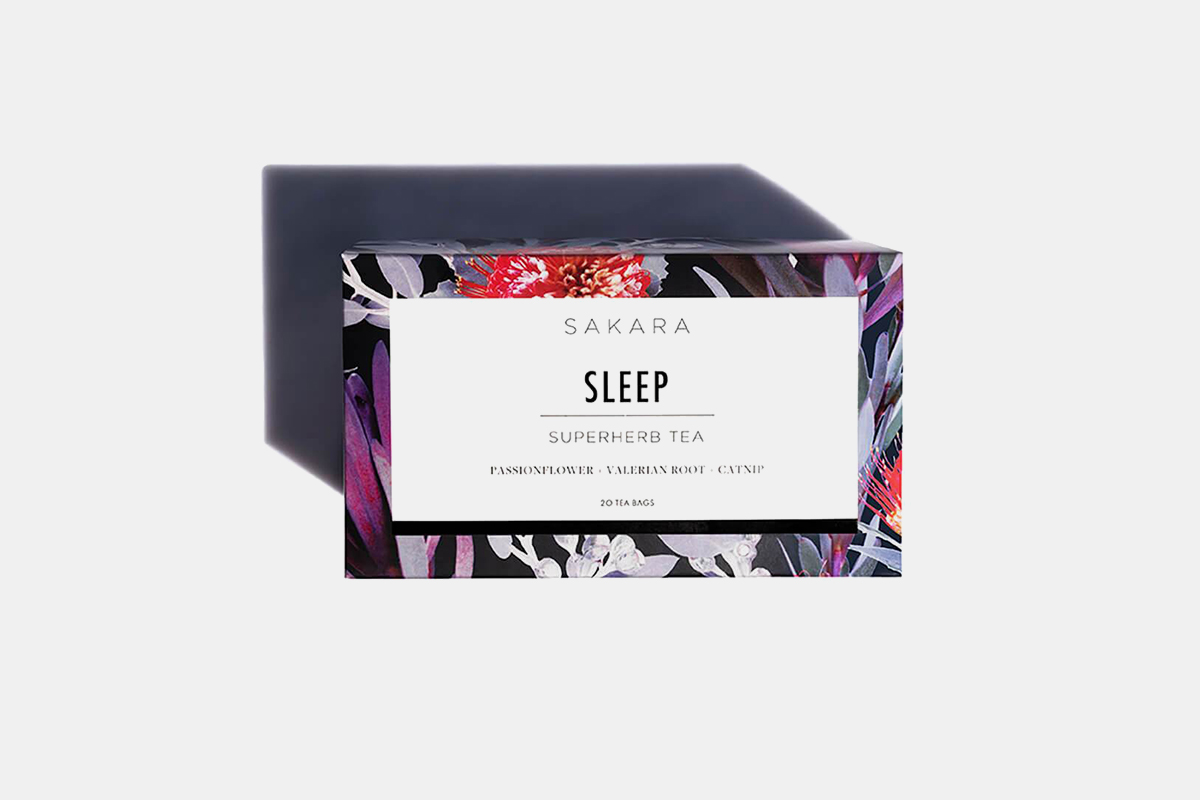
For Falling Asleep
Superherb Tea
To be clear: no tea, unless it’s got a couple Ambiens stirred into it, is going to make you fall asleep all on its own. But similar to the ritual of preparing cold brew hibiscus tea, there is value in a dedicated routine, one that signals to both the body and brain that the end of the day has come. My best sleep generally arrives when I follow a simple procedure — don’t work out close to bedtime, avoid a witching-hour blue-light binge and drink a hot cup of something that has my best interests in mind. Not a depressant (alcohol disrupts deep REM sleep) and definitely not a stimulant (caffeine has a half-life of four to six hours; don’t drink it after 5 p.m.).
One of the most thoughtful “sleep teas” I’ve come across is made by Sakara, a holistic wellness company helmed by best friends Whitney Tingle and Danielle Duboise. It includes a nervous system-calming catnip called valerian (which has been linked with faster sleep since Ancient Greece) and passionflower, which supposedly lowers anxiety and also smells amazing. If you’ve had trouble heading to dreamland, give it a try. I firmly believe it works; there could be a placebo element, but if you wake up fully rested, who cares?
Whether you’re looking to get into shape, or just get out of a funk, The Charge has got you covered. Sign up for our new wellness newsletter today.
